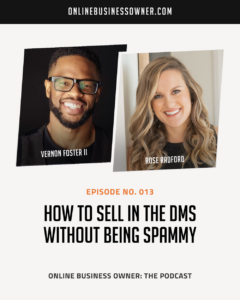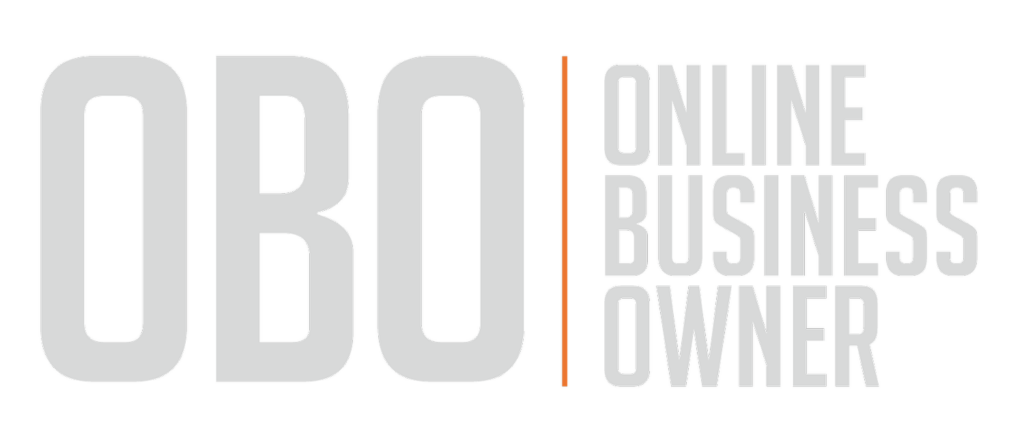How To Build A Customer Journey That Maximizes Lifetime Success And Value Using The Peaks Model
Written by: Olly Richards • September 28, 2023

Image Source: https://unsplash.com/@Surface
You’ve probably heard of a “Value Ladder” or “Ascension Model” in business. Customers buy something low priced, and then work their way up to higher-priced purchases over time.
This is a predominant model for online businesses, to make the back end economics of their business work, and generate the majority of profits.
But today, I’m sharing the main reason why this model is often flawed….
….and to instead share a new model rooted in service and mutual success.
The traditional customer ascension model is focused on “escalating” a customer towards paying higher amounts of money.
You see it all the time, where the first items sold are strategically incomplete….
….or they create as many problems as they solve, stringing the customer along to their next purchase.
The model is rooted in taking customers from one pain, fear or struggle to the next; followed by a sales pitch to pressure the next purchase.
While there is value and service involved at each “ladder” step, it feels secondary. The business’ primary aim is value extraction. Take over-give.
Consider this instead….
A journey centered around the peak outcomes, experiences, milestones and feelings your customers want to have.
Where the point is a supportive path to success and transformation — NOT some high-ticket offer, event or program.
Expensive offerings are certainly allowed to exist in businesses.
But consider if customers arrived there naturally due to growth, education and success, as opposed to being launched towards each subsequent offer and price.
And if customer success was the primary goal baked into everything the business did.
A “Value Ladder” makes the end high-ticket purchase(s) the ultimate goal — and often feels like everything done before it, is in service to arriving at that destination.
Unfortunately, the motivation to surprise, delight, serve and support drops off when you reach the end. There’s nowhere else to go.
The Peaks Model makes the relationship quality the ultimate goal.
I’m sure you’ve noticed married couples who continue dating and supporting each other, investing in the relationship after their wedding….
….compared to couples who treat the big commitment as enough without nurturing the relationship or cultivating a thriving connection.
The value ladder model uses “dating” to reach the summit; the end is their highest-ticket offer.
But The Peaks Model makes the continued value and support delivered, the end.
The Peaks Model in a nutshell? Keep giving value = keep receiving value.
Which business model do you think earns more true fans giving frequent (and enthusiastic) referrals?
As the globe grappled with lockdowns in 2020, many people explored new hobbies. I wanted to learn how to draw, so I bought two different courses.
Course 1 was curated by a renowned illustrator, confidently claiming he could turn novices into proficient artists.
But despite my hard work, the course was complicated with daunting, ambitious content. I eventually gave up, frustrated.
Course 2 was a humble $20 e-book aptly titled Master The Art Of Stick Figures. It had a singular objective: express moods and narratives via stick figures.
And despite the simplicity, or perhaps because of it, I loved it! I learned and progressed. And when I finished? I excitedly delved deeper into art.
While Course 1 offered an attractive end goal, it sold the idea of mastery overnight, speeding up the mountain. But what happens when I reach the top? There’s nowhere higher to go.
This business model is bound to a single transaction, with no path to continually engage me.
But Course 2 followed a different journey, guiding me through manageable “steps.” This strategy kept me motivated, I felt accomplished, and, most importantly, I wanted to continue.
THIS business model results in return customers, increased spending, positive reviews and valuable referrals.
Help Your Customers Take Small Steps, Not Tackle Skyscraping Summits
There are two key takeaways from my artistic real-life example:
Selling the ultimate solution to a problem (the summit) can make your sales process more challenging, and limit future customer interactions.
Offering smaller, achievable solutions (“steps”) simplifies customer acquisition, enhances engagement, and encourages repeat business.
Think about the fitness or language learning industry.
Rather than selling the final destination — a perfect body or language fluency — businesses should provide manageable steps towards these goals.
Not only is your offer more believable, but it fosters trust, builds relationships, and leads to repeat business, maximizing customers lifetime value (CLV).
How Is The Peaks Model Different Than A Value Ladder?
You may notice similarities between “The Peaks Model” and a “Value Ladder.” But they’re very conceptually different at their cores.
In a value ladder, businesses often bait customers with low-cost, entry-level offers, with the aim to upsell. And this tactic has proved effective many times. However, it won’t always resonate with customers, especially in education-centric businesses.
“The Peaks Model” patiently guides customers through manageable achievements, often maintaining a consistent price. This aligns with the learning process, and instrumentally nurtures customer loyalty, resulting in higher CLV.
Start Building Your Personalized Customer Journey
In education, students dream of transformative achievements. Yet, their path to these lofty aspirations shows regular, incremental progress.
For entrepreneurs, the challenge (and opportunity) lies in aligning business models with this natural progression, creating more engaging, rewarding and profitable customer journeys.
Start with your offerings. Analyze and identify which you can split into smaller components. Can you order them logically, like a journey, rather than a one-time solution?
Each step must provide real value, marking a significant milestone, in your customer’s journey. They need to FEEL value, not only perceive it, to foster an emotional connection and increase their desire to continue.
So whether you’re in product design or already running a thriving business, “The Peaks Model” provides a compelling roadmap to reconfigure your customer interactions and transform them into manageable steps.
And who knows? Your next step could unlock hidden profits and untapped business potential.

How to Sell in the DMs Without Being Spammy with Rose Radford
As online business owners, we’ve all heard about the magic of sliding into DMs to get more sales… but here’s the problem… how do you pull it off without being spamming or feeling like a used car salesperson and actually get results? Today, Rose Radford will show you how.
How To Scale Through Expansion Revenue & The Importance of Repeat Customers with Scott Moran of Samcart
How To Scale Through Expansion Revenue & The Importance of Repeat Customers with Scott Moran of Samcart Show Notes Are you missing out on selling

FAST Strategy For Small & Medium Sized Businesses: 4 Types of Strategic Moves You Can Make NOW
Do you ever feel like strategy work is too messy, too complicated, or too wasteful? You’re not alone. Marc Sniukas covers fast strategies for small & medium sized businesses & the 4 types of strategic moves you can make now!

